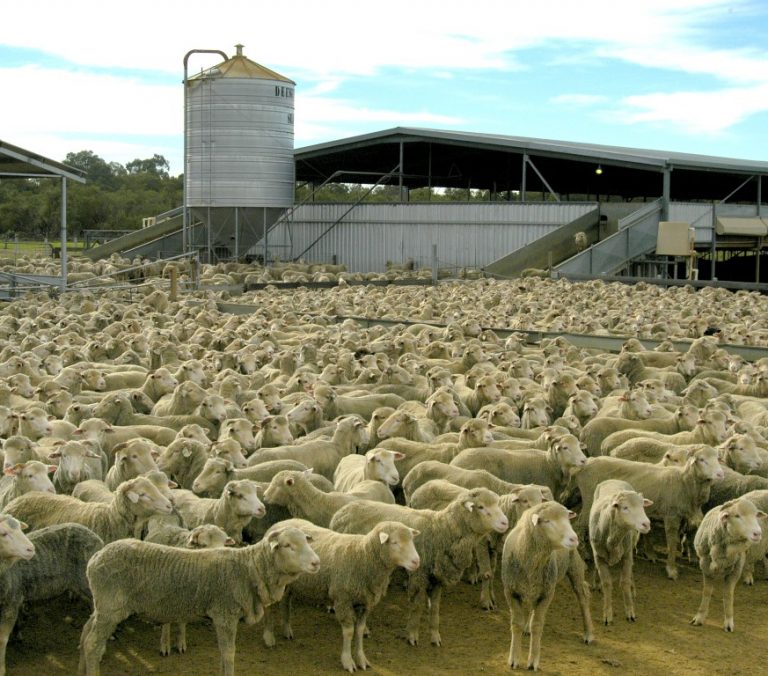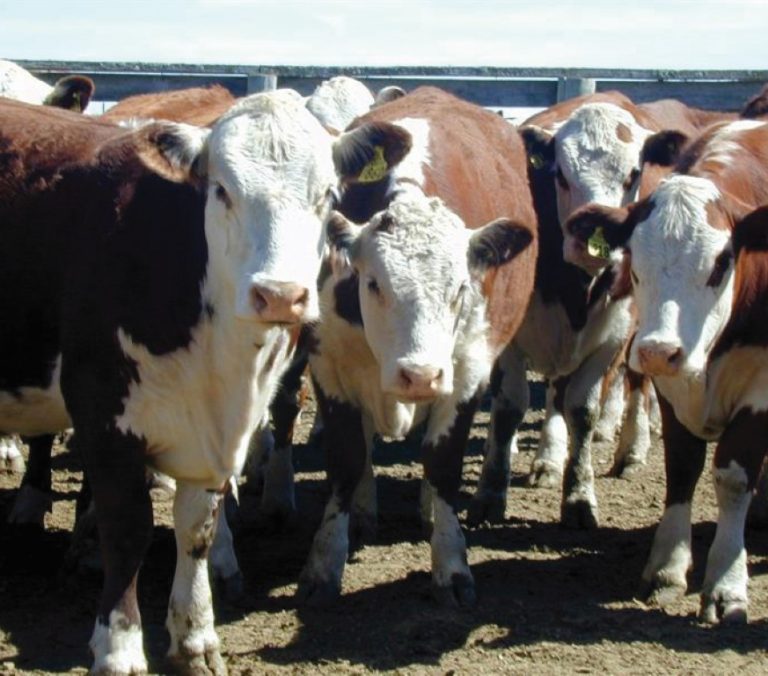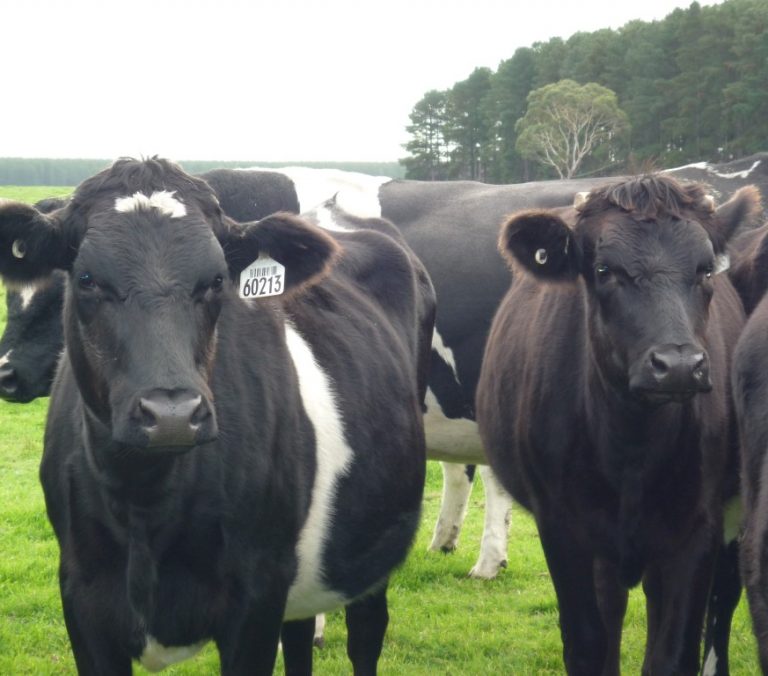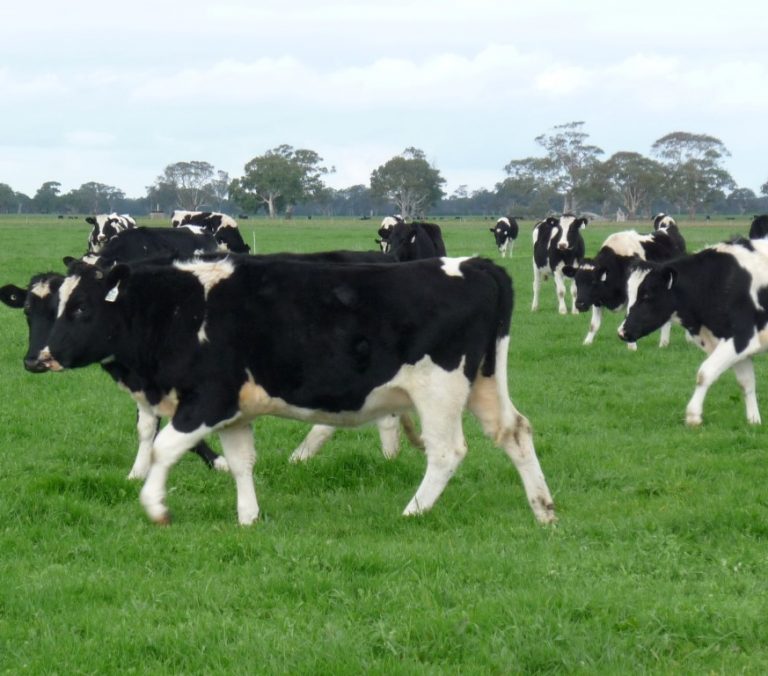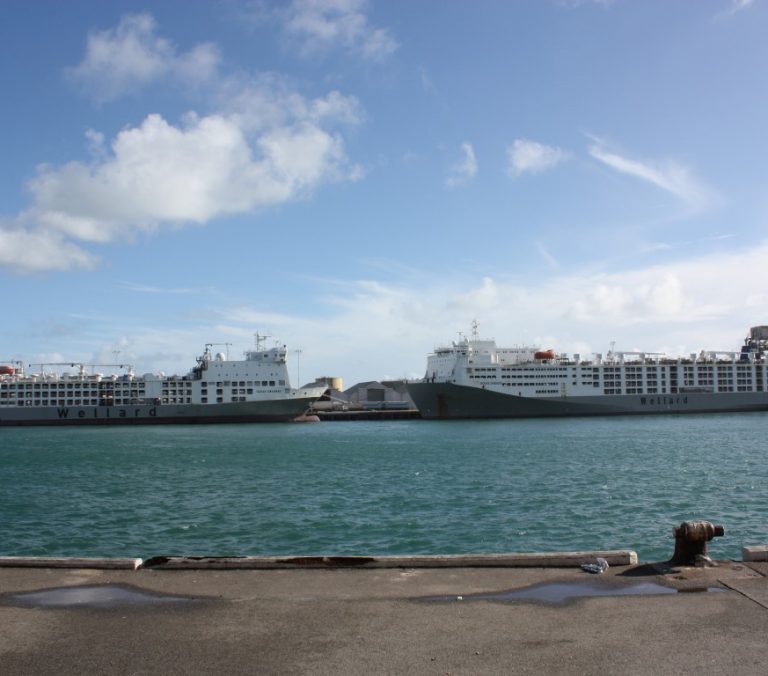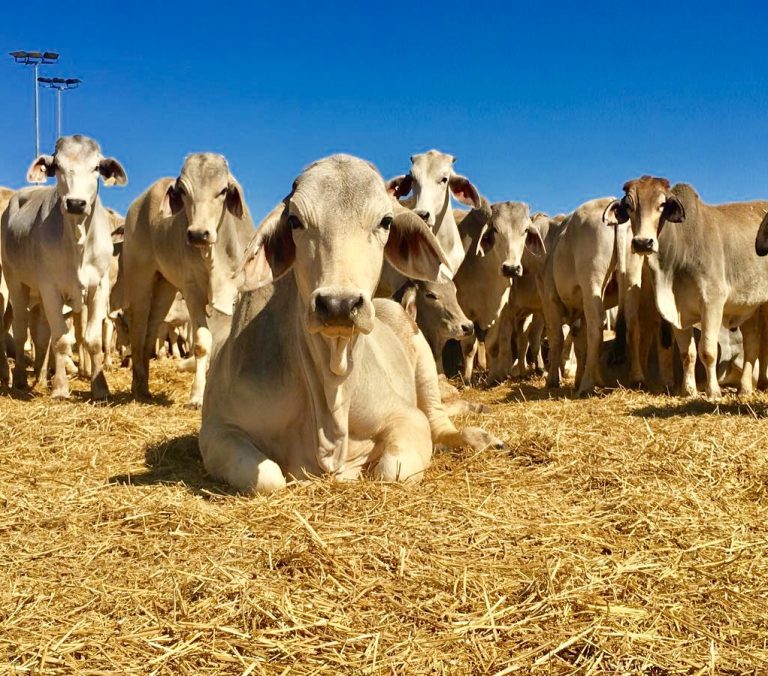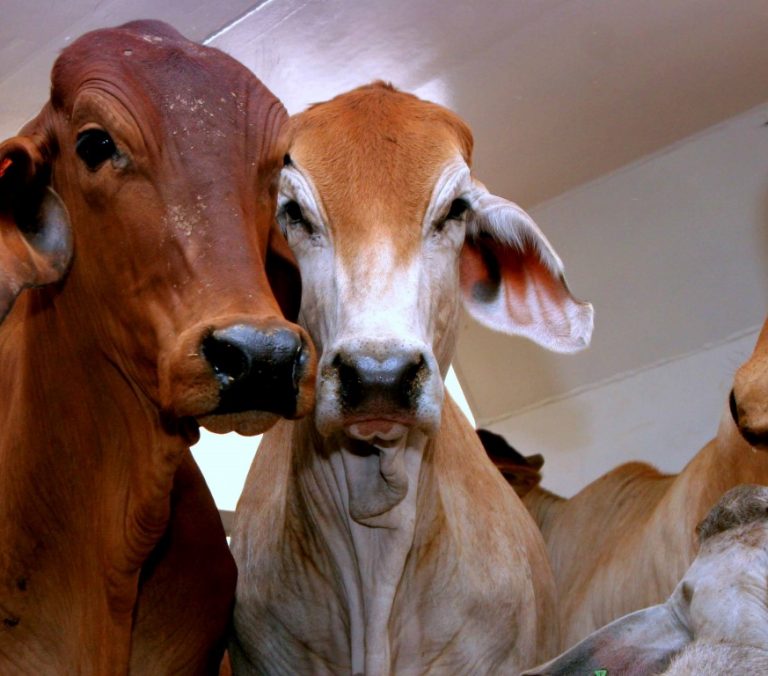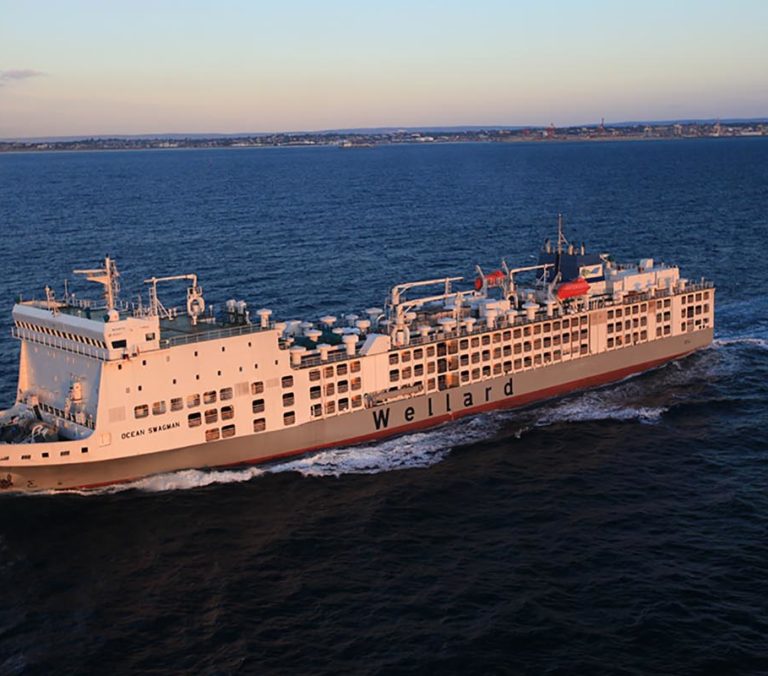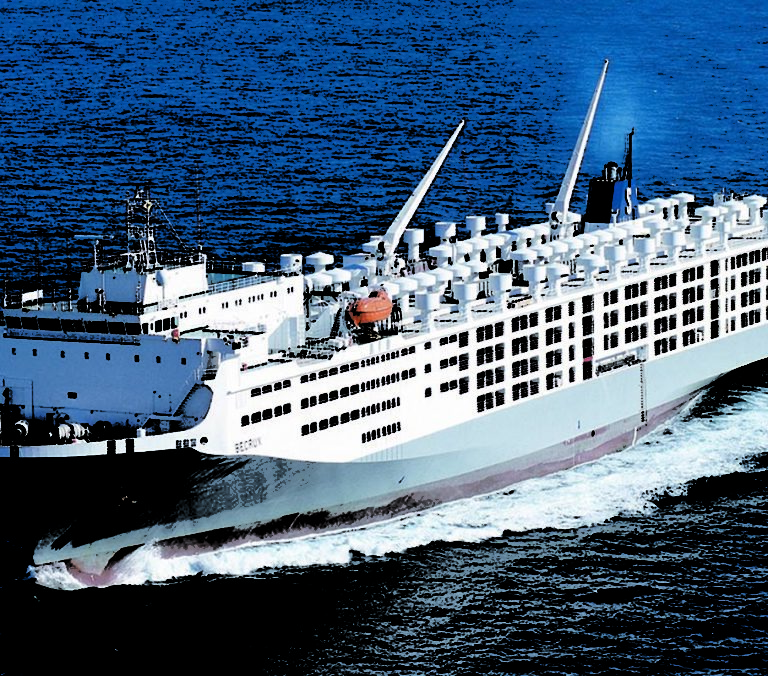MEDIA RELEASE
Wellard congratulates Agriculture Minister Barnaby Joyce and the Department of Agriculture for their success in negotiating a landmark feeder and slaughter protocol between Australia and China.
“The health protocol agreement will enable commercial negotiations to accelerate between Australian cattle exporters and Chinese importers, feedlotters and abattoirs,” said Wellard CEO Mauro Balzarini.
“We believe that in time this will be a very important market for Australia’s cattle producers.”
In the past five years Wellard has exported 58,500 Angus and dairy breeding cattle to China, utilising an established breeder cattle protocol. The new feeder and slaughter cattle protocol set outs the market access and quarantine requirements for the export of feeder and slaughter cattle.
“Wellard’s longstanding commercial relationships and track record in compliance with China’s stringent health protocols will be important as we seek to work through the commercial and regulatory aspects of the new protocol to provide a new marketing opportunity for Australian cattle producers,” Mr Balzarini said.
“We want to be an active player in the Chinese beef market, not just as a cattle supplier, but in beef processing and wholesaling with a strong partner.
“As we pursue these opportunities in China we are mindful that we must continue to service our valuable existing markets which are very important to Wellard and to Australia.”
Wellard Chief Operating Officer Scot Braithwaite said the company possessed the shipping capacity to supply the Chinese markets and could increase that capacity if required, however it would take some time to develop the necessary infrastructure in China’s various provinces to handle significant numbers of cattle.
In addition, the 60-day quarantine required for slaughter cattle from Australia’s north (inside the BTV infected zone) to be exported to China’s Vector Active Zone, would make that particular trade cost prohibitive, unlike the southern zones were a 7-day quarantine requirement has been mandated for slaughter cattle. Northern cattle to be exported to the China outside of its Vector Active Zone only required the standard 7-day quarantine.
“It is not an easy protocol to meet as its various quarantine requirements will place considerable demands on producers and exporters. Wellard’s preliminary view is that the first commercial trade to develop will be feeder cattle from the southern BTV-free zones as the quarantine requirements are not as onerous and there is greater flexibility with maximum processing timeframes,” he said.
“This will complement other markets like Russia and Turkey which have proven to be intermittent buyers of southern cattle.”
All cattle exported to China must have resided on a property for at least three months, which will eliminate recently traded cattle from being exported.
Also, pre-export quarantine yards will only be able to house either China-destined cattle or other market cattle at any point in time.
“With a population of more than 1.3 billion people whose purchasing power is growing, China provides a great market opportunity for Australian cattle,” Mr Braithwaite said.
“Wellard looks forward to being an active player in the Chinese market where we can utilise our expertise to add value beyond the simple supply of cattle. The finalisation of the China protocol will also complement our existing, valuable markets in Indonesia and Vietnam, which Wellard will continue to service and develop.”
For further information please contact:
Cameron Morse
Phone: + 61 8 9485 8888
Mobile: +61 (0) 433 886 871
